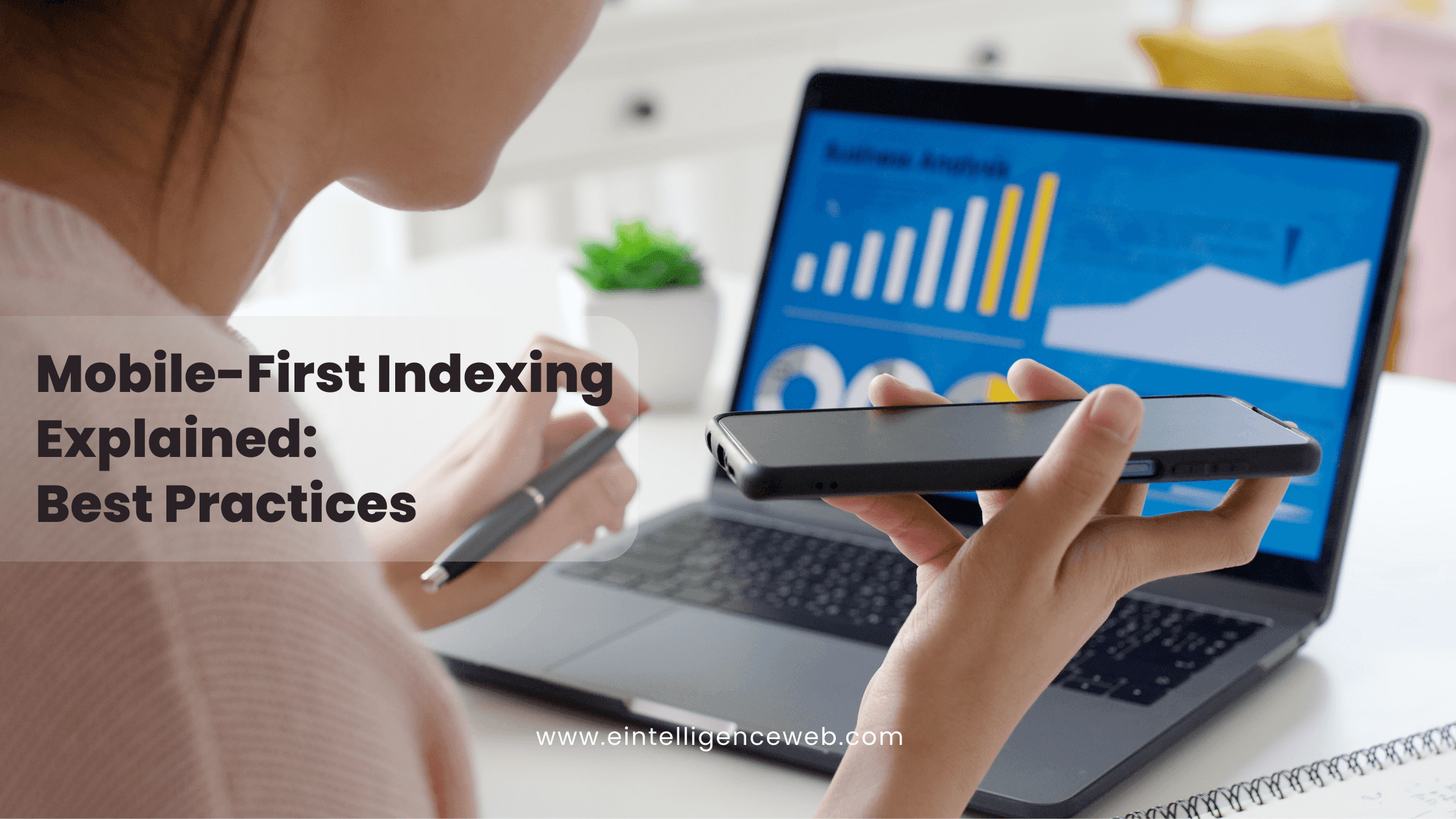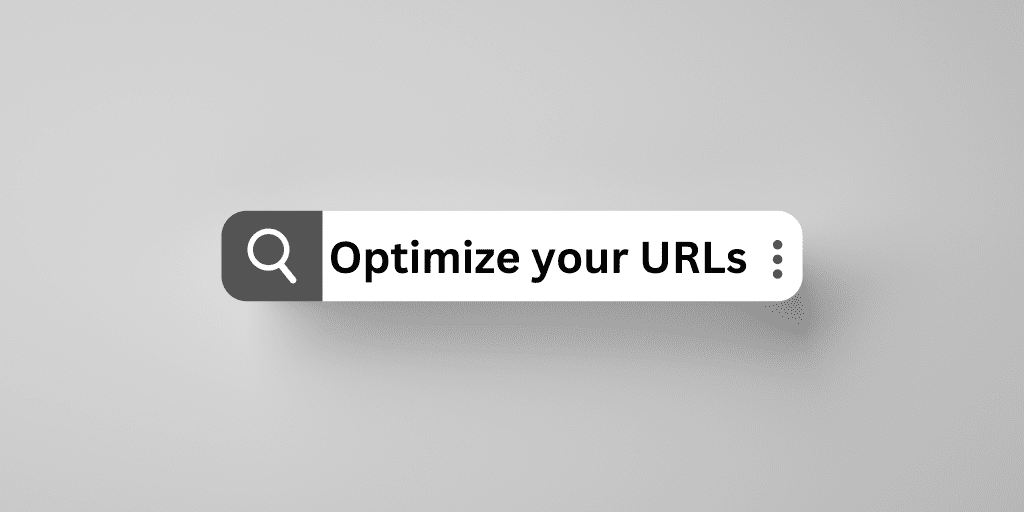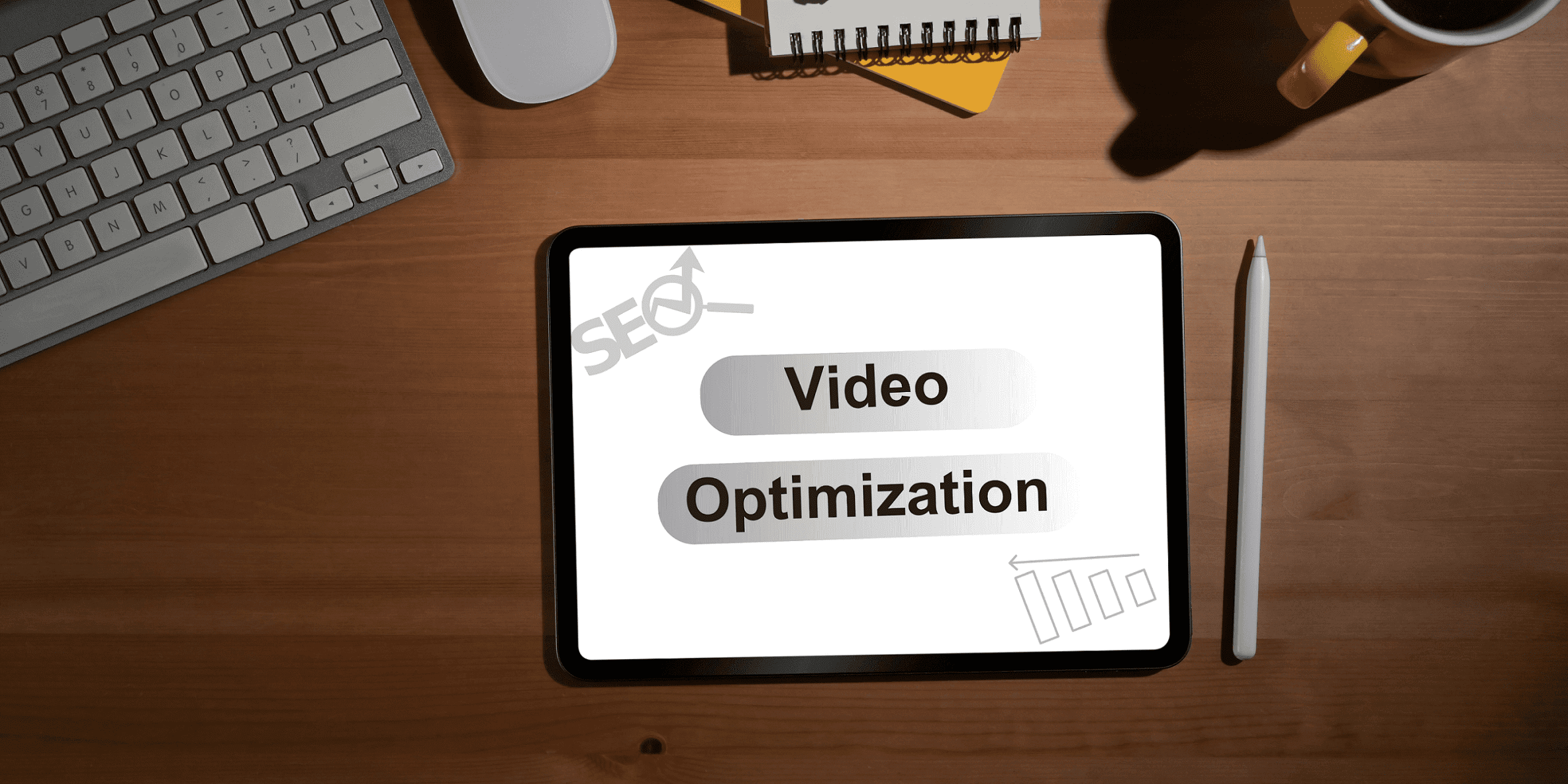
Mobile-first indexing in 2023 is a fundamental shift in how Google searches and ranks websites. Ultimately, it means that sites must be able to display all of their content on mobile devices to be considered for search engine rankings. This means that Googlebot-Smartphone will index pages, and any ranking signals, including page speed and interstitials, will be collected from the mobile version of your website.
Mobile-first indexing has become an essential part of SEO optimization for website traffic in recent years. With more than 50% of web traffic coming from mobile devices, ensuring your website is mobile-friendly is crucial. In this blog post, we’ll explain what mobile-first indexing is, how it works, and its impact on SEO. We’ll also discuss the best practices for mobile-first indexing and why having a mobile-friendly website is crucial.
Ready to optimize your website for Google mobile-first indexing? Contact e intelligence today to get started!
Understanding Mobile-First Indexing
As the world continues to go mobile-first, Google has also taken the step to re-index websites based on their mobile version. In the past, Google would only consider the desktop versions of pages when analyzing and ranking them for search engine results. However, now the majority of Google searches are done on smartphones. Therefore, it makes sense to consider the mobile versions of pages when deciding which ones to rank for particular keyword searches. This is how mobile-first indexing came to be.
When Googlebot discovers a website, it takes notes on the content of each page, catalogs files like images and videos, then places all of this information into something called a “Google Index.” From there, it is then referenced when searching for specific keywords. The traditional approach was that Google would only analyze the desktop version of a webpage when pulling up search engine results. Still, with more people using smartphones than ever, this started to make less and less sense.
In 2016, Google announced that they would start focusing on indexing pages based on their mobile versions rather than their desktop versions. The reasoning behind this is that it is the most common way for users to access websites, and as such, it is the best representation of what the page contains. As a result of this change, it became important to ensure that your site was properly prepped for this update. Not doing so could significantly impact your organic search performance and overall digital marketing goals.
When Google began experimenting with mobile-first indexing in 2017, it stated that it would be implemented for most websites by March 2018. However, this deadline was pushed back to September 2020 and then again to March 2021. In November of that year, Google removed this self-imposed deadline and explained that they were delaying the switch to mobile-first indexing because there were sites that weren’t ready for it.
One thing to remember is that this doesn’t mean your site needs to be 100% mobile-friendly. A site can have mobile usability issues and still be rolled over to mobile-first indexing. However, if you’re having problems with things like hiding text and images, skipping breadcrumbs, or having a different menu for mobile than desktop, these could negatively impact your rankings.
e intelligence offers Custom Web Design and Search Engine Optimization (SEO) services that can help prepare your website for this new indexing system.
The Mechanics of Mobile-First Indexing
Despite the hype surrounding mobile-first indexing, it’s important to understand how this change works. The main thing to remember is that this doesn’t create a separate index for mobile pages, nor does it make Google’s original index “mobile-first.” It simply means that, when searching for a certain search query, the content of sites that provide the best experience for mobile users is given higher rankings.
Ultimately, this is good news for web admins. It means that if you’re working to ensure your site is as mobile-friendly as possible, the hard work you put in should pay off. On the other hand, it’s no longer enough to have a great-looking desktop version of your website. Even if that version is incredibly high-quality, it will still be overtaken in search results by the mobile-first index if Google determines that your mobile version provides a better user experience.
For that reason, you’ll want to ensure that your mobile and desktop versions of a page are identical. This includes the content and meta tags, structured data, titles and descriptions, images, videos, and other assets. You’ll also want to avoid elements that make your site less user-friendly, such as hiding content behind tabs or accordions, as this could negatively impact your SEO strategies for website traffic and the ranking of your search results.
In addition to the above tips, you’ll also want to ensure that you set up and verify both your mobile and desktop versions of a page in Search Console. This will give you access to all of the data, warnings, and messages that Google has about your site, including those related to mobile-first indexing.
Another important thing to remember is that if you have a separate mobile URL for your website and use rel-canonical, that will continue to work. However, if you have the same mobile and desktop URLs and use different HTML, Google will use the mobile version of your pages for indexing under mobile-first indexing. To learn more about this, you can read Google’s Mobile-First Indexing and Separate URLs.
Distinguishing Mobile-First Indexing from Mobile Usability
When discussing mobile-first indexing, many people make the mistake of conflating it with mobile usability. While it is true that a site must be mobile-friendly to be moved over to this index, there is no connection between the two. For example, a page could be completely unusable on mobile but still contain all the content needed for it to rank. This is why marketers must understand what Google is looking for in terms of mobile-first indexing.
The best way to determine if your website is already on mobile-first indexing is to check out your Search Console dashboard and run a URL inspection for one of your pages. Once you have done this, you should see that the crawler used for this page was “Googlebot-Smartphone.” This indicates that your site is currently being indexed using mobile-first.
If you haven’t yet received a notification from Search Console that you are on mobile-first indexing, or if you want to be certain that your site is ready for the update, it is recommended that you use SEMrush’s Site Audit tool. This will provide you with a detailed report on the quality of your SEO, including mobile-first indexing, and will help you identify any issues that need to be addressed.
With the increase in mobile users, it is more important than ever to ensure that your website is both mobile-friendly and optimized for mobile-first indexing. By making sure that your content is accessible on both desktop and mobile, as well as ensuring that the mobile version of your site loads quickly and doesn’t hide any essential information, you can be confident that your site will be ready for the update.
SEO Implications of Mobile-First Indexing
With Mobile-First Indexing, Google is indexing websites based on the mobile version of their content rather than the desktop version. Since most Internet users now use mobile devices for their searches, this makes sense. It also helps Google deliver search results that better reflect user behavior.
In the past, Google’s ranking systems often rewarded sites optimized for desktop browsing but failed to provide an optimal experience on mobile devices. The good news is that most sites will not have to make any major changes, especially those already mobile-friendly. That’s why this change is so important. It signals to web admins that they must ensure their sites are fully optimized for mobile usage.
However, it is vital to understand that mobile-first indexing does not mean mobile-only indexing. Websites without a dedicated mobile site can still be included in the Google index, but they may have a harder time performing well in search results. To get the most out of this update, you must focus on creating a quality mobile experience for your users. In addition, you must ensure that all of your content is identical across platforms. This includes your meta tags, structured data, title and description, images, videos, and internal links.
In some cases, web admins and SEO services use responsive designs that feature different content on desktop vs. mobile sites, hiding this content behind tabs or accordions that have to be clicked on to be viewed. This could negatively impact search engine rankings as Google tends to index pages based on their mobile versions rather than their desktop versions.
Another important point to remember is that page speed remains an essential Google mobile-first ranking factor. It is unlikely that Google will give a ranking boost to fast mobile sites just because they are mobile-first, but it is still worth focusing on. This is another reason why it’s so important for SEO professionals to be involved in the planning process of a website and to work closely with developers and designers to help them consider how their site will look and function on mobile devices.
Are you looking for expert advice on mobile-first indexing/SEO best practices? Schedule a consultation with e intelligence and start improving your website’s performance today.
Best Practices in Mobile-First Indexing
Google’s mobile-first indexing focuses on the content of a website’s pages. This is great news for web admins, SEO professionals, and digital marketers. However, it also means that many desktop elements are essentially hidden on some mobile sites. This is bad for users and can drop search engine rankings once mobile-first indexing is complete. Here are some of the best practices in mobile-first indexing that can help improve your website’s performance in search engine rankings and user experience.
1. Make Your Site Responsive

Google’s mobile-first indexing is a change in how the search engine looks at pages. Previously, when a page was indexed, the desktop version would be used even if it wasn’t mobile-friendly. Now, Google primarily crawls the mobile version of your site for ranking and indexing purposes, so it must be responsive.
If you have a fully responsive website that serves up the same content to both desktop and mobile devices, then you may not need to do anything at all. However, if you’re worried, you can take steps to ensure that your website is prepared for the transition.
For starters, ensure all your important content is visible on your mobile site. This includes structured data markup, hreflang (international tags), and images. Make sure that the mobile version of your site also loads at a similar speed to the desktop version.
Additionally, make sure that any lazy-loading of primary content is done correctly. Googlebot won’t be able to see any hidden content or requires user interaction, so you’ll want to avoid this. You’ll also want to check to ensure that your meta robots tags are the same on both versions of your site and that you’re not blocking any resources. This will help to prevent problems with your mobile-first indexing.
Ultimately, mobile-first indexing 2023 is all about serving up the best possible experience for your mobile users. This means that you must be prepared to make changes to your site as necessary.
2. Optimize Your Content

Traditionally, SEO professionals treated desktop pages as more important than their mobile counterparts. This meant that the desktop version of a page would be optimized with structured data markup, hreflang (international tags), the bulk of backlinks, and more, while the mobile version was often less complete.
Now that we’re in the mobile-first indexing era, it’s more important than ever to produce great content with mobile visitors in mind. After all, most people now spend more time online on their smartphones than on desktop computers.
However, it’s important to remember that mobile-first indexing is not the same as mobile usability. Your site can still have mobile-usability issues and move over to mobile-first indexing, so you must focus on improving your mobile experience before making the switch.
Some of the most important things to consider when optimizing for mobile-first indexing include reducing loading speeds, using responsive design, and avoiding excessive text. These factors are important because they impact the user’s experience, which can directly impact your Google mobile-first ranking.
In addition to these things, it’s also a good idea to ensure that your site has no hidden or missing content that could be difficult for Googlebot to discover. You can check for these issues by running a technical SEO audit with a tool like SEMrush, which includes a report on your mobile speed and performance. You can also review your Core Web Vitals, and Mobile Usability reports in Search Console to identify any potential problems.
3. Optimize Your Structured Data

As you may have guessed from the title of this article, mobile-first indexing prioritizes your website’s mobile version for Google to crawl and use to rank your site. This is a great step for Google since more people now access websites on their phones than on desktop computers. However, it can create a problem for website owners that are not properly prepared for the change.
To avoid any issues with mobile-first indexing, optimizing your structured data for your mobile site is important. This will ensure that all of the information your page has is present on the mobile and desktop versions of your site. This will prevent Googlebot from crawling the mobile version and only using the information it finds there to rank your page. It is also important to ensure that your meta robots tags are the same on both the desktop and mobile sites and that you are not lazy-loading your primary content (Googlebot can’t load content that requires user interaction).
4. Optimize Your URLs

There’s a lot of confusion out there about mobile-first indexing. Some website owners believe that their site will be negatively impacted, while others wonder if they even need to make any changes. As a result, it is important to consider mobile SEO best practices when designing and developing your website. This includes making your site responsive, avoiding pop-ups, investing in mobile SEO strategies for website traffic, optimizing page loading speed, and upgrading to HTTPS.
Another key aspect to consider is your URLs. It is important to use the same URLs for your website’s desktop and mobile versions. This will help to prevent any duplicate content issues that may arise with the transition to mobile-first indexing. You should also avoid using different meta robots tags on your mobile and desktop sites. This can cause issues when switching to mobile-first indexing because it will result in Google not being able to see your pages correctly.
Finally, you should also avoid lazy-loading your primary content. This is the process of loading content on demand and requires user interaction to load. This can be a frustrating experience for mobile users and will not be considered a good user experience by Google.
5. Optimize Your Images

With mobile usage encompassing the majority of online activity, it’s no surprise that Google is shifting to favor websites that are optimized for mobile users over sites that are not. This shift is made possible by mobile-first indexing, which allows Google to crawl and index websites based on their mobile versions before using them for search results.
As the mobile-first indexing process continues to roll out, website owners need to understand how it may impact their websites and what they can do to prepare for it. Fortunately, Google’s John Mueller recently released an official guide to mobile-first indexing that includes tips for optimizing websites for the new index.
Among these tips, it’s crucial to ensure that your web pages are mobile-friendly and have a fast loading speed. It’s also important to ensure that all your images have alt text that is relevant and descriptive. This helps Google bots better understand the content of your page.
Finally, it’s a good idea to avoid link clustering and keep your links far apart. This will help prevent users from accidentally clicking a link they were not intending to click on and having their experience negatively impacted. It’s also a good idea to use large, easy-to-tap tap targets and ensure sufficient padding between them so that mobile users can easily select them.
6. Optimize Your Video

In the mobile-first indexing world, your site’s video content must be optimized for both users and search engines. Videos are often the most engaging, relevant, and useful elements on a website, but many sites fail to optimize them for the mobile user experience. Poor video experiences can lead to visitors leaving a site, which could cost your business valuable customers and revenue.
It is also important to ensure that your video’s ALT text is appropriately optimized for mobile-first indexing. The ALT text should describe the video’s purpose and help search engines understand what it is about. Linking your video’s ALT text to your website is another way to optimize for mobile-first indexing. Avoid having too many links within the video, as this can distract the viewer and cause them to leave your website.
These are just a few of the many best practices you should follow to ensure your website is ready for mobile-first indexing. By following these tips, you can rest assured that your website will be indexed and rank well in the future.
Want to stay ahead of the competition with mobile-friendly SEO optimization for website traffic? Let e intelligence help you implement the best practices in mobile-first indexing for a better user experience.
Google’s Transition to the Mobile-First Index
For a while now, Google has been pushing SEO professionals to consider mobile-friendliness. This has been through the introduction of the mobile-friendly tag and the Mobilegeddon update in 2015, as well as the mobile-first indexing change. The mobile-first update will see websites switched to the new indexing approach where the pages will be crawled and ranked by the smartphone version of Googlebot, not desktop bots.
This is a big change to how Google crawls and ranks your website, so you’ll want to be sure your site is ready before the switchover. To help with this, Google has released a tool that helps determine how ready your site is for mobile-first indexing. This tool uses a readiness classifier that looks at various factors, including internal linking, anchor text, and content differences. If the tool determines that your site is not ready, it will warn you and recommend changes to bring it up to speed.
The move to mobile-first means that the mobile version of Googlebot indexes all of your web pages. This is because the majority of Google search users are on smartphones, so it makes sense that the Google index should reflect this. Google has confirmed that it will not create separate indexes for mobile and desktop, so the changes to Google’s mobile-first ranking algorithm will be applied across the board.
As the switch to mobile-first is taking place, it will be a good idea to review the mobile-friendliness of your website. This is a key element of your digital marketing strategy, and you should be sure that all content is accessible on mobile devices and that any images are mobile-optimized. This is also a great opportunity to take the time to have conversations with developers and designers to make sure they are considering how mobile-first indexing will impact how your site is built and displayed.
If you have any questions about mobile-first indexing or how it will affect your website, contact us today. We will be more than happy to talk through your mobile indexing options and help you to optimize your site for search engines.
Assessing Your Website’s Mobile-Friendliness
A mobile-friendly website is essential, especially now that Google prioritizes mobile websites over desktop sites. This is because mobile users are more likely to interact with and search for businesses online than desktop users. To keep up with the competition, all web admins, SEO professionals, and digital marketers need to ensure their website is responsive and mobile-friendly to improve their chances of ranking high in search results.
Luckily, several online tools can help you check your site’s mobile-friendliness and give you a clear idea of how Google sees your website. For example, you can use Google’s mobile-friendly test tool to see whether or not your website is user-friendly on any device. To do this, simply visit the test tool’s website and enter your URL. Then, you will be able to see how Google sees your page, including the search engine’s view of your content, if it is mobile-friendly, and if any errors are present.
The tool is very simple to use and does not require a Google account. It also works on a page-by-page basis so that you can test the mobile-friendliness of your website in about 30 seconds. However, it’s important to note that the mobile-first indexing test results will not be accurate if you have multiple versions of your site with different content. For example, some websites feature more text on desktop pages compared to mobile pages to provide better context for searches, but the content may be hidden behind tabs or accordions on mobile devices in an attempt to optimize the user experience.
If this is the case, you will probably need to change your site’s content to create a more uniform look across all devices for your website to be mobile-friendly. Other factors that should be considered include responsive design, a healthy page speed, and avoiding interstitial ads on mobile devices.
Although Google’s move to mobile-first indexing is not yet complete, it has started impacting search rankings, which is expected to continue. Therefore, now is the time for all web admins and SEO professionals to start preparing their websites for this major change.
Don’t let mobile-first indexing/SEO impact your website’s performance. Contact e intelligence to make sure that your website is optimized for all devices and provides the best possible user experience.
The Significance of Mobile Speed
Mobile-first indexing is all about prioritizing websites optimized for users’ mobile devices. Since most people use their smartphones to search online, Google wants to ensure that they can find the content they are looking for. That is why it has moved to index websites based on their mobile version rather than their desktop version.
To get your website ready for the transition to mobile-first indexing, you must ensure that the content on your desktop and mobile versions are identical. This includes the text, images, and other information on the page. You also want to ensure the page layout is consistent across both versions. This will help Googlebot better understand what your page is about and enable it to index the page correctly.
Another important factor you need to consider is how quickly your website loads on mobile devices. This is especially important as Google has announced that site speed will be a ranking factor for mobile searches starting in July 2018. If your website takes too long to load on mobile devices, you will not only lose traffic but may also see your rankings drop.
Once your website is mobile-friendly, you must ensure that the content it contains is relevant to searchers’ questions and concerns. This is why it’s so important to do keyword research and create unique, relevant content for each page on your website. In addition, you should avoid keyword stuffing or using irrelevant secondary keywords in your content. You should also try to make your content as concise as possible while still addressing the topic of the page.
Once your site is ready for mobile-first indexing, you should start to notice an increase in traffic. If you are struggling with traffic, it is important to contact a professional SEO company like e intelligence. We can conduct a technical SEO audit of your site and make recommendations for improving performance. This can include fixing things like orphan pages, missing metadata, large images, and more.
Consistency Across Desktop and Mobile Devices
When it comes to your internal links, make sure that all pages of your website are optimized for mobile. This includes your homepage, sub-pages, and any internal navigation menus. For example, some sites have a separate menu for mobile that skips breadcrumbs to save space, which can negatively impact how PageRank flows through your site.
It’s also important to ensure that your content is the same on desktop and mobile devices. If your desktop and mobile websites feature different content, or you hide certain content on the mobile version of your website (like videos, ad placements, or text that isn’t easily readable), it could affect your rankings once Google moves to a mobile-first index.
While some webmasters and SEO professionals have been using responsive design to address these issues, it’s worth checking that your desktop and mobile websites are identical in terms of content. This is especially true for meta tags, structured data markup, Hreflang, and links to external websites.
You’ll also want to check that your mobile pages don’t have any hidden content or images that can’t be viewed on mobile. For instance, some websites have a desktop version of their page that features long content hidden behind tabs or accordions on the page’s mobile version to improve user experience. Google will still be able to crawl this content, but it won’t be evaluated for search results.
Finally, don’t forget to take your mobile page load speed into account as you work to optimize your website for mobile-first indexing. Page load time is one of the most important ranking factors, and as Google shifts to a mobile-first index, it will likely become even more critical than ever. You can check your mobile page load speed by using Google’s Mobile-Friendly Test or assessing your site in Google Search Console under “Enhancements” > “Core Web Vitals.”
Conclusion
In conclusion, mobile-first indexing has become an essential component of SEO optimization for website traffic, with most internet users accessing the web through mobile devices. By implementing the best practices outlined in this blog post, such as using a responsive design, optimizing content, reducing load times, using mobile-friendly navigation, ensuring important content is available on mobile, optimizing images and videos, and using schema markup, you can ensure that your website is mobile-friendly, performs well, and provides a good user experience. By following these best practices, you can stay ahead of the competition and provide your users with an excellent mobile experience. Remember, the key to a successful website is to ensure that it is accessible and easy for all users, regardless of their device.
If you follow the tips in this guide, you should be ready for the switch to mobile-first indexing. By doing so, you will be able to stay ahead of your competitors and continue to dominate in the search results. The sooner you make the transition, the better! And be sure to keep up-to-date on the latest SEO strategies for website growth with our blog.
Ready to take your website to the next level with mobile-first indexing 2023 best practices? Contact e intelligence today and let our team of experts help you achieve your goals.



